Mobile gaming still isn't on par with video game consoles or PCs, but we've come a long way from Snake. Modern games running on the latest smartphones boast downright impressive graphics—even more so when you consider how compact the system has to be in order to fit in people's pockets.
There are a lot of options out there for anyone looking to buy a new phone, but gamers have very specific needs—and not just any old device will do. Lucky for you, we've gone out and tested the best smartphones around so that you can be sure not to waste your money. Out of the 8 devices we tested, we narrowed down the choices to the top 3 you'll find below. What we were looking for is the strongest performing devices with the least amount of compromises.
How We Picked & Scored Each Phone
We ran a series of tests to determine which phones would make this list. We looked at graphics and compute performance, display, battery life, how hot the device got, touchscreen sensitivity and resistance, speaker quality and placement, and more.
To get the hard numbers, we used the 3DMark gaming benchmark tool which measures a device's graphics performance. 3DMark is a cross-platform tool that tests the GPU and CPU performance of mobile devices, which allowed us to compare these devices with objective metrics about their hardware and software. A modern flagship phone will usually receive a score somewhere between 2,000 and 2,700. As you'll see below, that range is somewhat consistent for the devices listed here.
Of course, just numbers won't tell you whether a phone is going to be great for real-world usage, so we actually did some gaming on these devices to put them through some real-use stress. In our hands-on evaluations, we used the popular first-person shooter, Modern Combat 5: Blackout (MC5:B), available for both Android and iOS, to test both single-player and online gameplay.
Every device was at 100% battery and connected to the strongest open Wi-Fi signal we had available. We played MC5:B for 30 minutes (20 minutes in single-player and 10 in online multiplayer), starting from the opening tutorial, and making as close to the same choices and actions as possible each time. This allowed us to see how the phones handled during actual use, and to get a sense of what sort of issues might come up during extended gaming sessions.
With 10 questions scored in 5 different categories, we converted the total score for each device into a percentage and then again into the value of x/10, as you'll see in the rankings. Keep in mind that even though devices might receive the same final hands-on score, it may be for different reasons. You'll find both the 3DMark scores as well as our hands-on scores in the tables for each device below.
These are our picks for the best phones a gamer could buy, in order starting with the best:
#1. ZTE Axon 7 — Scores: 2,615 (3DMark) + 7.6/10 (Hands-On)
With 3DMark and hands-on scores like these, the ZTE Axon 7 is the clear winner. Running on the Snapdragon 820 processor with 4 GB RAM and the Adreno 530 GPU puts this phone in a league well above its $400 price point, as do the solid-aluminum body and its top-quality 1,440 x 2,560 (~538 PPI) Samsung AMOLED display.
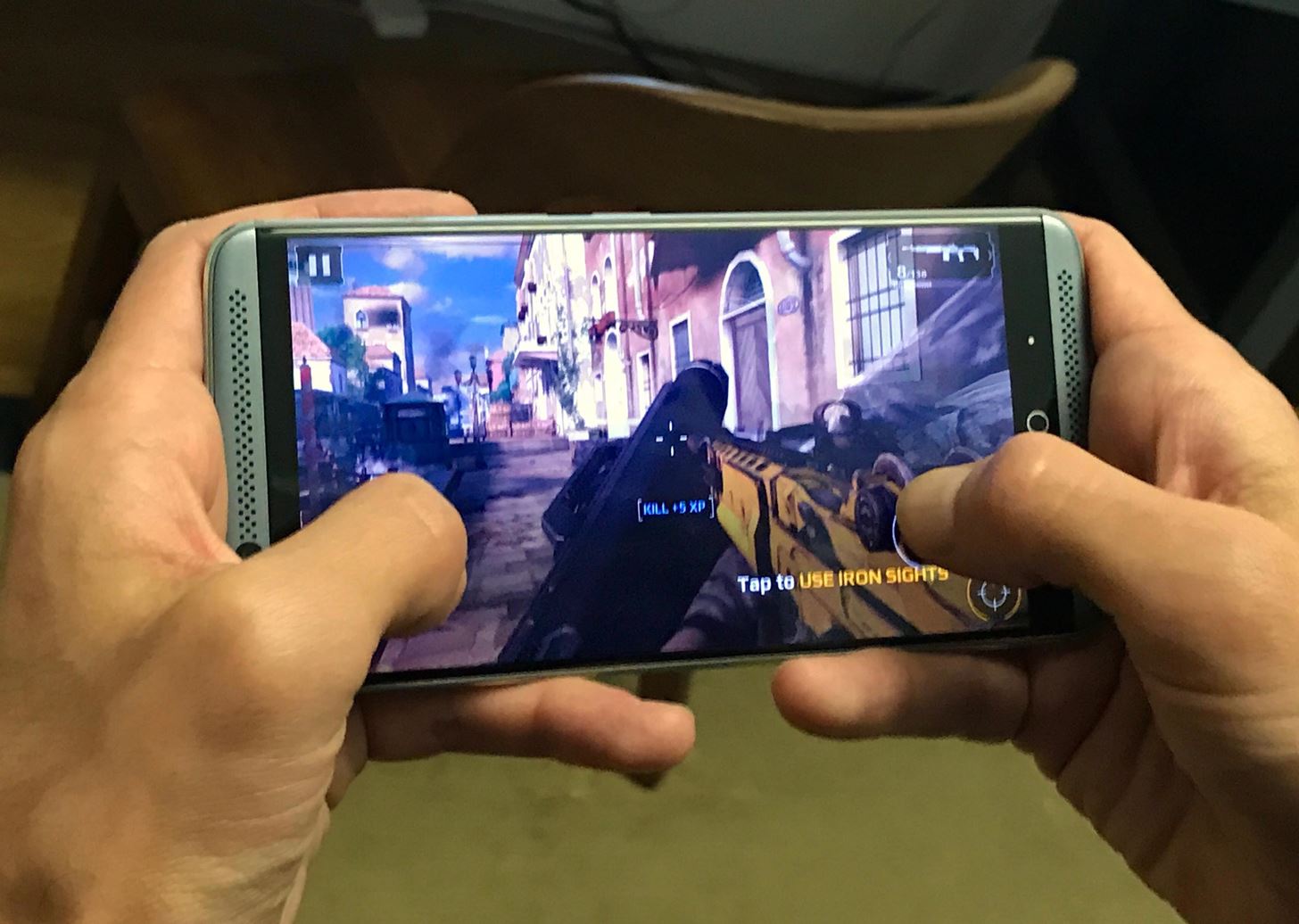
Gamers and video fans alike will love the front-facing stereo speakers and Dolby Atmos sound. Without a doubt, these are far and away the best speakers I've ever heard on a smartphone. The effect is almost enough to make you forget that you're on a device that can fit in your pocket.
As far as input goes, the default touchscreen controls were steady and responsive, but they did feel a bit sluggish. The control settings can be adjusted, but our tests were run on default.
Out of all the phones we tested, the Axon 7 is the best all-around phone for gaming. If you can deal with one impressively idiotic design flaw:
On most modern Android phones, the trio of buttons used to navigate within and between apps and the home screen are virtual. They appear when you need them and otherwise stay out of the way. For some reason, ZTE decided to buck the trend by added static capacitive navigation buttons on the chin of the device. When playing a game in landscape mode, gripped in both hands, it's way too easy to brush one of these buttons and exit out of your game. That's either a constant pester or, in the case of competitive multiplayer games, a severe handicap.

The Axon 7 would be the perfect gamer's phone, if not for these completely unnecessary buttons. They're an ugly blemish on an otherwise handsome display; they're awkwardly close together, making a reasonably sized device unwieldy; they aren't backlit, which is supremely annoying in the dark; and all of that could be overlooked if there were just some way of toggling them off. There's not. In a truly bizarre move, the only option ZTE provides for these buttons is to invert which side activates the back or recent apps actions—because some people apparently prefer their backs in the front.
That said, once you know the buttons are there, it's a simple adjustment in grip to avoid them. Everything else about gaming with this phone was a pleasure.

#2. Apple iPhone 7 Plus — Scores: 2,250 (3DMark) + 7.6/10 (Hands-On)
As I said in the introduction, benchmark scores aren't the most important point of reference when determining whether or not a device will be great for gaming. The iPhone 7 Plus may have received a lower score from 3DMark than the Axon 7, but in our hands-on test, it scored higher in the graphics department due to the vibrant colors and seamless animation. We didn't go into the testing with any expectations about which devices would come out on top, and it was a very close call between these two.

Your games will look beautiful on the iPhone 7 Plus. They'll run silky-smooth, and you'll have plenty of screen to see them. There's no doubt that this is a fantastic all-around phone, but when it comes to gaming, two unfortunate issues bumped the 7 Plus into second place.
First, the over-sensitive touchscreen gave us practically zero control while playing MC5: B, and often misread the location of our thumbs completely. In a first-person shooter, this lead to random shots fired in just about every direction but the targets:
The second problem wasn't as extreme. While the iPhone 7 Plus does have stereo speakers, only the top one is front-facing. That's not a big deal for videos or music, but for gaming, it means that either your palm will muffle the audio, or you'd have to position your hand in such an uncomfortable position that extended play would be a literal pain.

That said, the iPhone 7 Plus killed it on the graphics front. Really. The scenes were vivid and the animation was seamless. So if you don't mind wearing headphones when you play, and you make sure to adjust the control sensitivity, the 7 Plus will serve you well.

#3. Google Nexus 6P — Scores: 1,518 (3DMark) + 8.4/10 (Hands-On)
Yes, it was released in 2015. Yes, it runs on the infamous Qualcomm Snapdragon 810, which caught a lot of flak for overheating when it was released (it felt fine to us). But this Google/Huawei mashup, last scion of the Nexus line, is still an solid phone.

While it has a lower 3DMark score than the others in this list—and most modern flagships—it came in first place during our hands-on testing with a score of 8.4/10. For fans of mobile gaming, it would be hard to find a more well-rounded device than the Nexus 6P.
The biggest issues we had with it were how sensitive the touchscreen was and how little resistance it offered. While those issues can be fixed in the settings, we found that it wasn't very hard to get used to after just a few minutes of play.
With it's 5.7" AMOLED display (1,440 x 2,560, ~518 PPI) and front-facing stereo speakers, the games we tested look and sound great on the Nexus 6P. Graphics-wise, it didn't perform as well as some of the other devices—but it didn't stink—and the pros far outweighed the negligible cons in graphics.

The Other Devices Tested
Mobile gaming performance is a tricky thing to rate because of all the details that go into creating an ideal user experience. We tested eight very good phones that we chose based on their hardware specifications and other reviews around the web. Ultimately, not every phone can be a winner, and just because a phone isn't on this list doesn't mean it's not a great device—it just means that during our tests we found some issue(s) that led us to believe that it was not an ideal device for gaming.
Surprisingly, gaming still doesn't seem to be top priority for many device manufacturers. Most of the phones we tested were quickly disqualified for design issues that just took too much away from the overall user experience. For example, the Samsung Galaxy S7 Edge didn't make our list because the single speaker was placed in the worst-possible spot for holding a device two-handed in landscape mode. If you're somebody who prefers playing with headphones on, then you might find that the S7 Edge suits you just fine. However, in order to keep our tests fair across all devices and for all potential users, we judged each device on default settings and with no added peripherals (including headphones).

We based our hands-on scores using a first-person shooter, but found that the scores change little for other types of games. That doesn't mean there aren't other aspects to consider, though, so what do you look for in a gaming smartphone? Do you want top-of-the-line specs, or something that feels right for your style of gaming? Share your thoughts below.
Just updated your iPhone? You'll find new emoji, enhanced security, podcast transcripts, Apple Cash virtual numbers, and other useful features. There are even new additions hidden within Safari. Find out what's new and changed on your iPhone with the iOS 17.4 update.
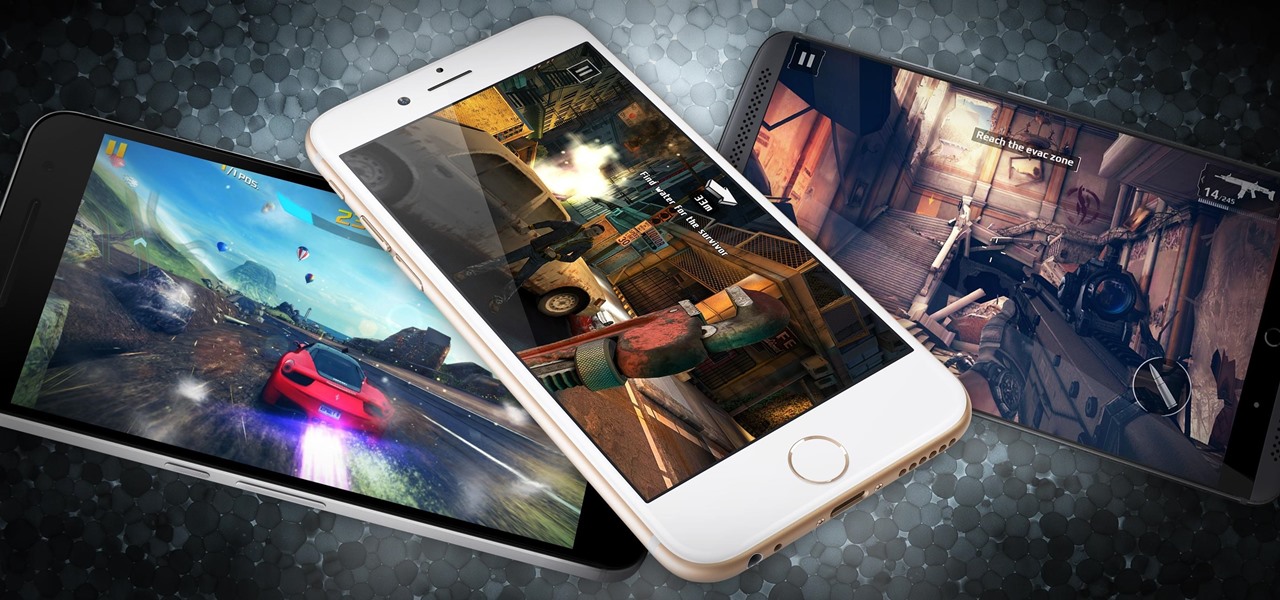




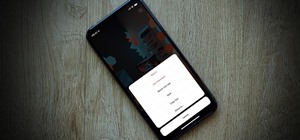





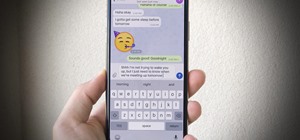


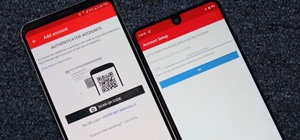
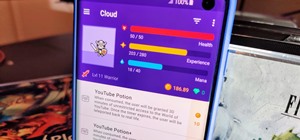
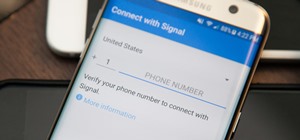



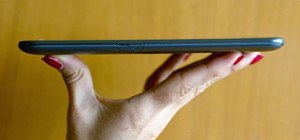
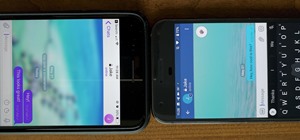
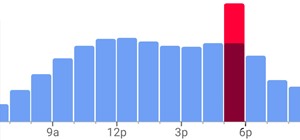
2 Comments
wow okay so know i now what shooting games to get and what phone to get.
RIDICULOUS; ONE PLUS 3 is the best now!
Share Your Thoughts